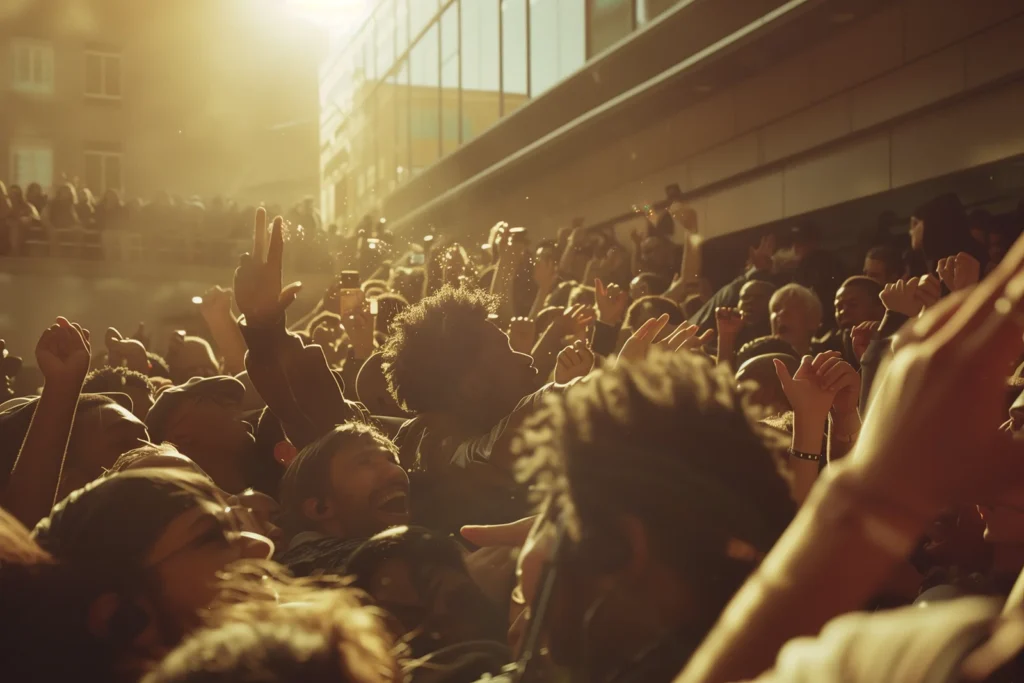FOMO in Business
FOMO has emerged in the last decades as a significant influencer of management and leadership, corporate reality, and market dynamics since executives, employees, and customers alike are motivated by it. This influence is so far-reaching that executives and consultants who work with them today need both awareness of these influences and tools to deal with them so that they can be successful in their roles.



